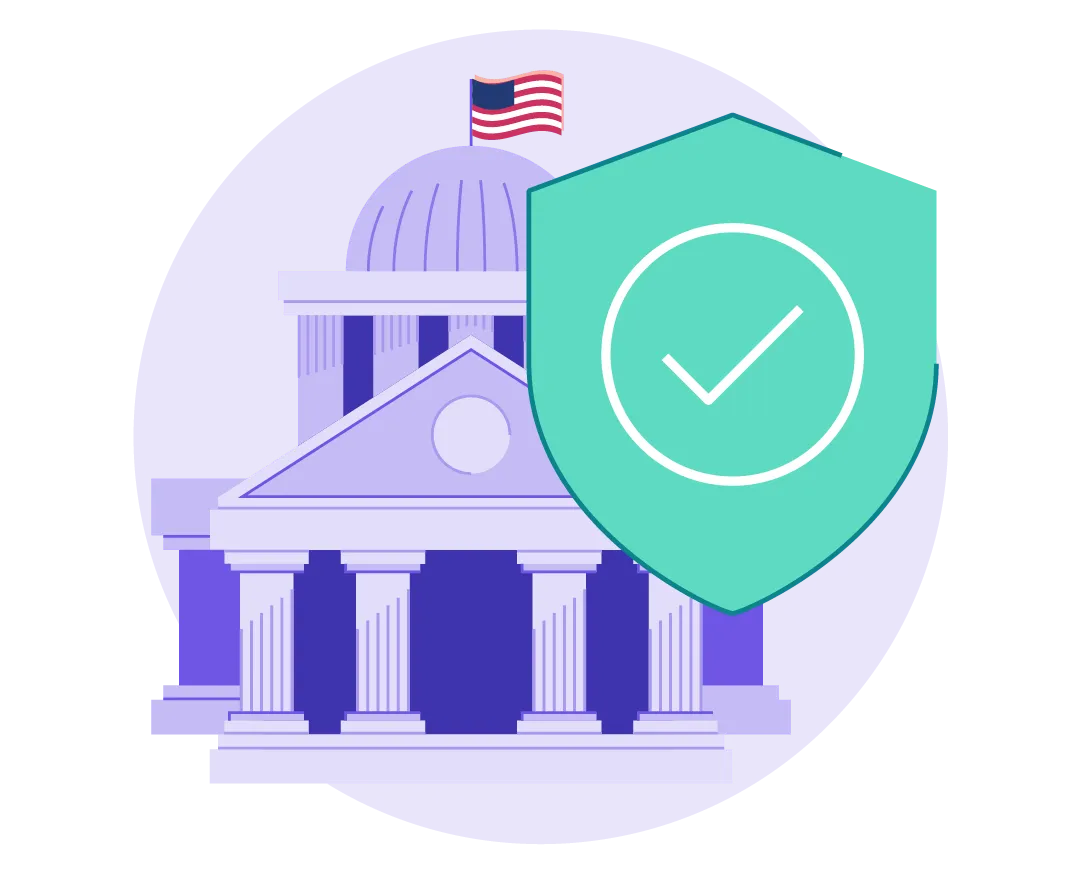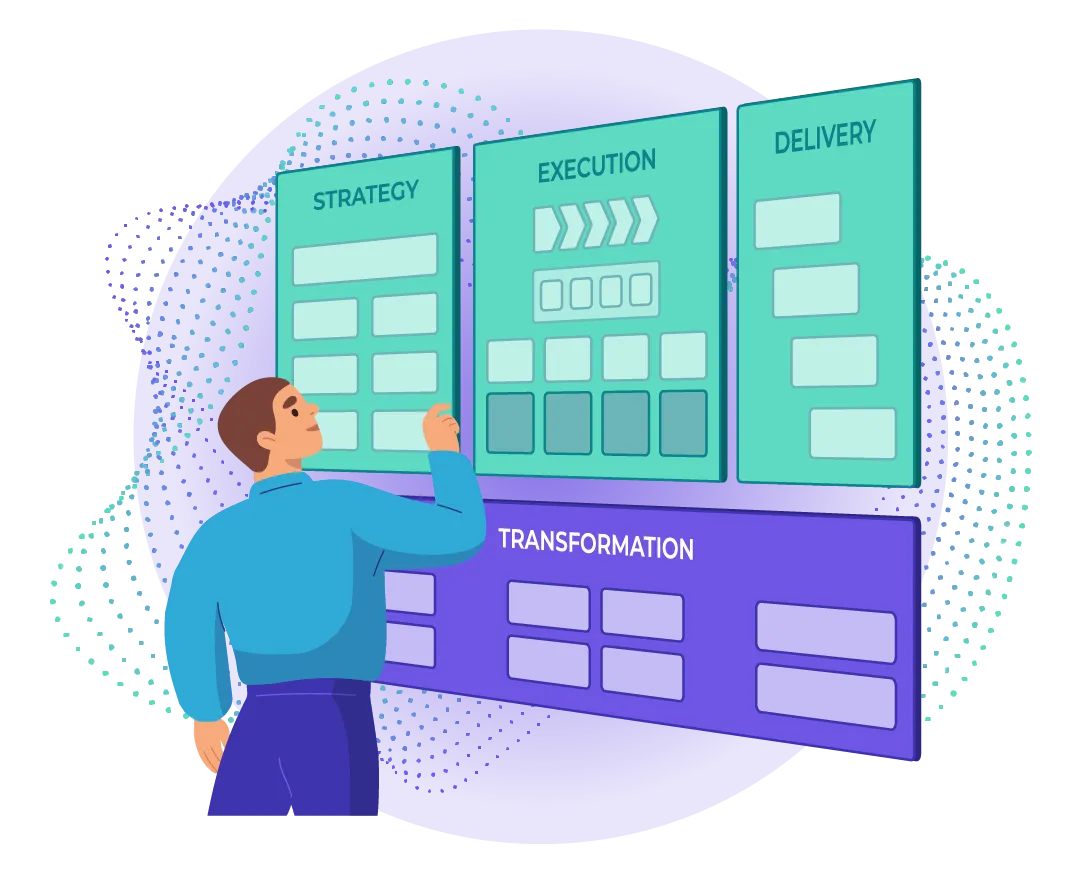Last week we acknowledged the major role that enterprise architecture can play in helping organizations foster outstanding customer service. In today’s post, we’ll be looking at the importance of providing relevant content and knowledge to the customer. Specifically, what companies can do to minimize customer effort in order to surprise, inspire, and ultimately have clients (in an ideal world) do all their advertising for them. But I get ahead of myself. So without further ado, here are five steps for keeping your content and knowledge strategy ahead of the game.
First of all, since you’re trying to come up with a platform/strategy that will essentially be helping someone else, try to place yourself in their shoes. Ignore everything you know already by virtue of being an insider to the organization. Instead, imagine the interaction from their perspective – see only what they see, navigate your channels knowing only what they know. This reverse, outside-in approach will actually yield some very useful insights during brainstorming sessions with your user experience design team.
Often times when creating client-facing apps, businesses ignore this simple fact. Project leaders either fall victim to stakeholders’ lack of buy-in (usually on the business or technical side of things), or simply can’t be bothered to try and make a difference. The result, however, is usually the same – a cumbersome, non-user-friendly content and knowledge delivery system that sends customers knocking on your competitors’ door. So study customer behaviour, internalize how they react at different stages of the journey and beware of any signs of sabotage. This will go a long way towards meeting your target market’s needs and expectations.
Step number two is a simple but very powerful initiative. I’m talking about letting internet search engines discover the enterprise and community knowledge generated around your product or service. Most businesses have some sort of web self-service platform where lots of interesting information may be found. However, if it sits locked behind an authentication wall, it’s not of any real use to anyone. That’s because despite what some vice-presidents might think, people don’t just hang out on your website; and they definitely don’t enjoy having to work (hard) for an answer. They simply type their problem in their browser and let it guide them. Let’s put it this way. When was the last time you went to a white goods manufacturer’s website and read page after page of forum talk to find out something? Exactly.
The third step is to centralize employee- and customer-facing knowledge bases. What does this mean? Studies show that a customer representative can spend almost a quarter of their time clarifying a client’s request and then looking up relevant information for them. The issue here is having disparate systems of knowledge – and make no mistake, it’s what usually gets the client there in the first place. Consolidating all the silos for both internal and external stakeholders in order to reduce time wasted chasing information is an effective way to one, decrease the number of cases that end up in front of an agent; and two, speed up case resolution. Both of these are hallmarks of intelligent content and knowledge delivery, and contribute towards a high degree of customer satisfaction. Oh, and you can also add a third benefit here, which is slashing knowledge management application maintenance costs.
The fourth item on our list is upgrading your search capabilities. Whether in your app or on your website, or any other online resource you offer, the ability to focus a query is fundamental to the process of sifting through irrelevant information and identifying the answer to one’s problem. Don’t think of semantics analytics and natural language processing as optional. They have become compulsory for organizations that take customer service serious. Look back on the second step – people like to google things, and that’s not going away. Having in place the capabilities to meet or surpass their expectations is crucial for keeping them happy and letting them know their needs are important to you. The same goes for employees. Ensuring they have the right tools in place to do their job well helps the company with workforce retention and ultimately increases the likelihood of customers themselves having positive experiences when interacting with your CS department.
Finally, the fifth step is creating contextual experiences. This refers to a company’s ability to offer clients personalized content, i.e. content that is specifically aimed at them and no one else. It’s the next logical step from consistency (having a reliable tone of voice, solid branding guidelines etc.) to continuity (being recognized and having their problem understood across every channel of interaction). People expect this nowadays. They want to be treated as a person, not a demographic band. It’s not just because it feels good, but because it’s useful too. Offers that are relevant and contextual aren’t a waste of time, they actually benefit both parties because of their viability. Continuity lets the consumer move from one channel to another without losing any progress they may have made. That’s a big step forward towards frictionless customer experience.
This concludes this week’s article. Hopefully you enjoyed our talk about optimizing your organization’s content and knowledge delivery and are now more aware of the importance it plays in ensuring a great overall customer experience. See you next week with the last article in our customer service series.







